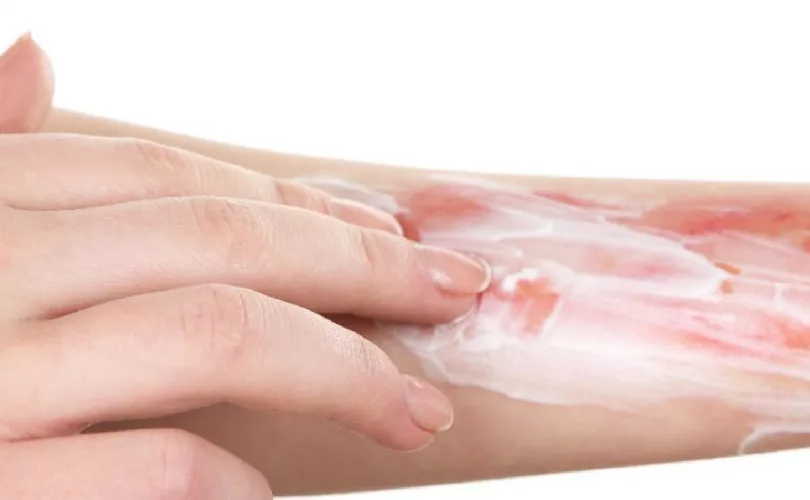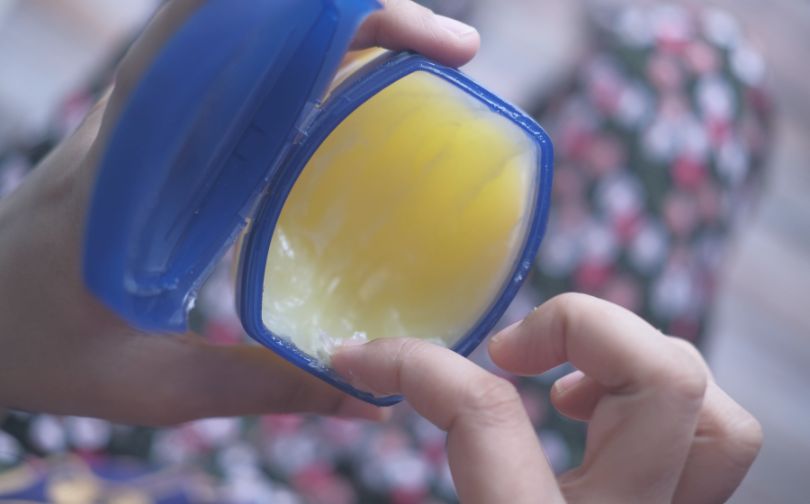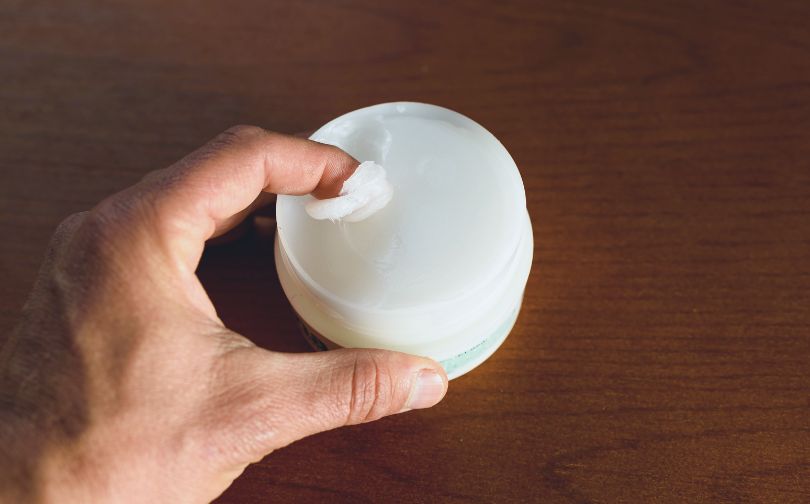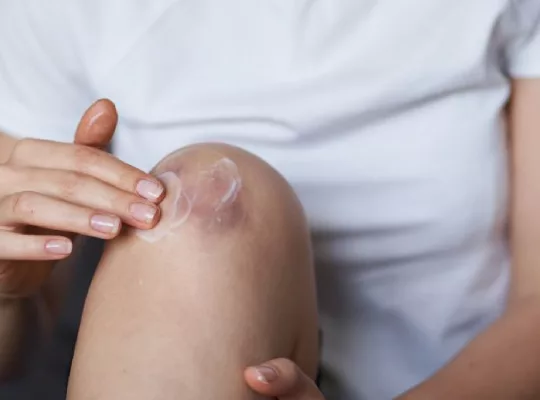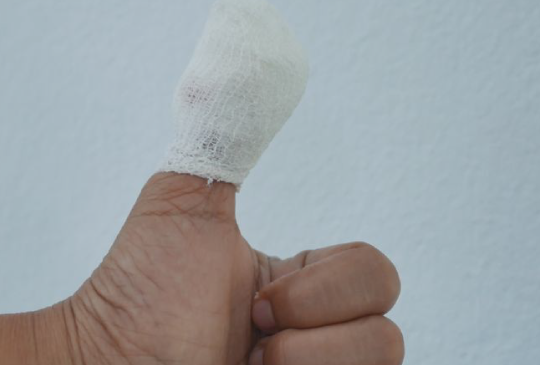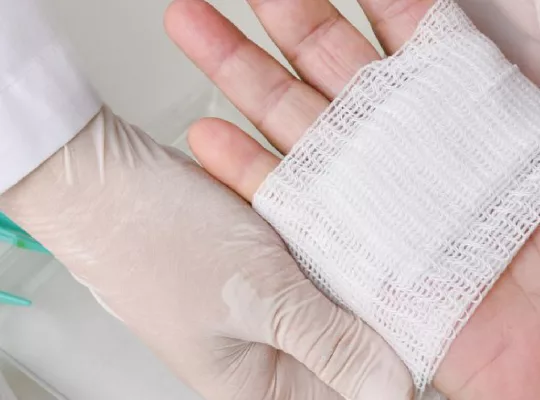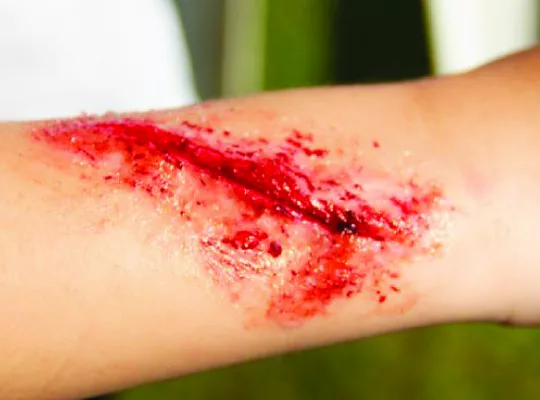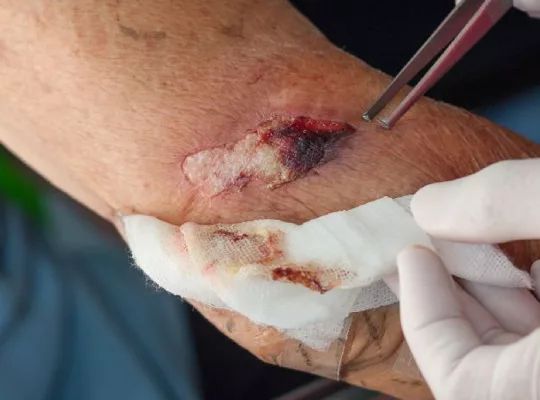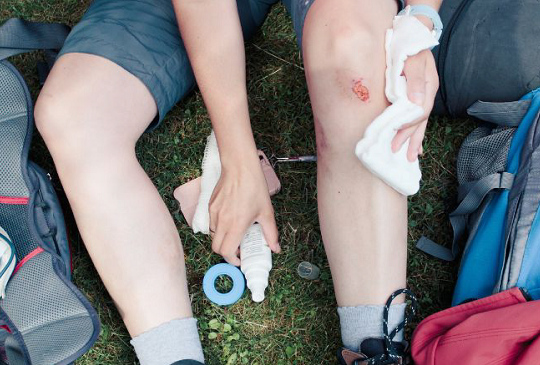When burns happen, one of the first things people reach for is something to soothe the pain and protect the skin. Vaseline, known for its moisturizing properties, is a common household item. But is it safe to put Vaseline on burns?
The immediate instinct might be to cover the burn, but acting too quickly can sometimes cause more harm. Burns can become infected or worsen if not treated properly. Knowing what to do in those first moments is crucial for healing.
According to experts, certain treatments, like petroleum jelly, can help in some situations but may not be suitable for every burn. Understanding the right way to handle minor burns can prevent discomfort and speed up recovery.
In this article, we’ll explore whether Vaseline is a good option for burns and the best steps to take for immediate care.
What Is Vaseline?
Vaseline, otherwise called petroleum jelly, is a semisolid jelly made of a combination of mineral oils and waxes.
It was discovered in 1859 when Robert Augustus Chesebrough noticed oil workers using jelly to heal any wounds and burns they would have.
He would label petroleum jelly as Vaseline and sell it to the public to help treat their wounds.
As its main ingredient is petroleum, it can help seal your skin using a water-protective barrier, which will also help your skin retain any moisture.
It can be used to help heal minor injuries and even to moisturize your body. Over the years, Vaseline has become helpful for treating a host of different injuries, but should you continue to put Vaseline on your burns?
Should You Put Vaseline On Burns?
As Vaseline was once used by oil workers who would treat their wounds and burns, many people assume that Vaseline is the best remedy to treat any burns.
However, that is not always true. Many people assume that you should put Vaseline on a burn immediately, but that can do more harm to the wound.
Instead, you should take care of the burn first before thinking of applying Vaseline to the burn.
Most doctors agree that Vaseline can be put on burns, but not as a first-aid treatment. We recommend using Vaseline as a dressing for minor burns, but it shouldn’t be used on more serious burns.
How to Apply Vaseline on the Burns?
To apply Vaseline on burns, follow these steps carefully, ensuring the burn is minor, such as a first-degree burn, before proceeding.
First, begin by cooling the burn under cool running water for 10 to 20 minutes. This reduces heat and prevents further damage. Avoid using ice, as it can worsen the injury by damaging tissue.
After cooling, clean the burn gently with mild soap and water. Pat it dry with a clean towel. Once the area is clean, apply a thin layer of Vaseline two to three times a day. This keeps the skin moist, promotes healing, and helps protect the burn from bacteria. Make sure not to use too much, as a light application is sufficient.
Next, cover the burn with a sterile, nonstick bandage to prevent infection. If blisters appear, do not pop them; let them heal naturally.
If the burn covers a large area, or if it’s on sensitive parts of the body like the face or hands, seek medical attention instead of self-treating with Vaseline.
What Effect Does Vaseline Have On Burns?
There is a misconception that Vaseline should be used as a first-aid measure to treat burns. However, that’s not true.
Instead, treating burns with other methods first and using Vaseline as a dressing is better. Most doctors agree that it’s better to reduce a burn’s latent heat and immerse it in cold water.
Fresh burns shouldn’t have greasy substances like Vaseline applied, as it is more likely to promote infection in the wound.
Vaseline isn’t sterile, and by placing it on a fresh burn, bacteria will proliferate on the wound, and that will eventually become infected.
This is why most doctors agree that Vaseline should be treated as a dressing for minor burns after it has already been dressed once.
You shouldn’t apply it straight away. Instead, you should immediately submerge it in cold water to cool the burn down.
How Should You Treat A Burn?
When you first burn yourself, you should conduct first-aid immediately. The best way to treat your burn wound is by ensuring no clothes are stuck to the burn and then running it under cool water.
While it might be tempting to put your injury under ice, the extreme cold can do more damage to the tissue.
If chemicals burn you, we recommend holding the burn under cool running water for roughly ten or fifteen minutes until the pain subsides.
You can use a sink, your shower, or a nearby garden hose to do this. However, if you don’t have access to cool running water, you should get a clean and cold wet washcloth on your burn or soak it in a cold water bath for five minutes.
Once your burn has cooled, gently clean it with soapy water. If you have blisters, you should ensure it doesn’t open, or it may get infected. It is at this point you can put a small amount of Vaseline on your burn.
Once you do this, put sterile non-stick gauze on your burn to prevent it from getting irritated. If you’re in pain, you can also take over-the-counter pain medication to endure the pain.
It’s essential that while you recover from your burn, you don’t irritate the skin. It may be better to put gauze on it if you’re more likely to scratch and irritate your injury.
When Should You Contact A Doctor?
You should contact a doctor if you have a deep or large burn. It also depends on where on the body you have the burn.
That is because burns are more susceptible to tetanus as the bacteria can easily enter your body through your burn.
So, if you haven’t had a tetanus shot within the last five years, contact your doctor for assistance.
If you find that your burn is getting worse or not healing, you should seek your doctor. You can tell if your burn is infected as you may begin to contract a fever.
The pain may be getting worse, or it is swelling and oozing. If any burn is red or you notice a red streak on the burn, then it is essential that you contact your doctor immediately.
You should also contact your doctor if it is a major burn. Major burns are often caused by fire, electrical wires, or chemicals and are usually larger than two inches.
If you have an injury on your shoulder, hand, foot, face, elbow, wrist, knee, hip, buttocks, or groin, then contact your doctor immediately to ensure it is treated.
How Long Do Burns Take To Heal?
How long your burn takes to heal will depend on the severity of your burn. Usually, a minor burn will heal within one or two weeks, and you’ll find that it shouldn’t leave any scarring.
However, second-degree burns may retain a darker or lighter coloring, but only for a temporary amount of time. It should return to normal coloring within six to nine months.
If you have a third-degree burn, it will take longer to heal. That is because a third-degree burn will char your skin and will burn the deepest layers of your skin.
If you’re worried about your burn, we recommend contacting your doctor. However, third-degree burns will require you to have skin grafts to heal.
Final Thoughts
There are no issues with putting Vaseline on your skin after conducting first-aid on your burn. However, Vaseline should not be a part of your first-aid treatment.
Instead, it should be used to help treat your injury after it has cooled, as it can be used to dress your wound. If you have any more concerns about burns, please consult our other articles.
Frequently Asked Questions
Vaseline can help moisten your skin while it heals, but it should not be applied as first-aid. Instead, you should apply Vaseline three or four times a day until your burn has healed.
If you apply Vaseline three to four times a day, you may find the burn will retain moisture and heal quicker. However, you shouldn’t put Vaseline on your wound before you have cooled the burn, as it may do more damage to your injury.
Burns are open wounds, so they should be covered so you can keep the wound sterile and free of bacteria.

